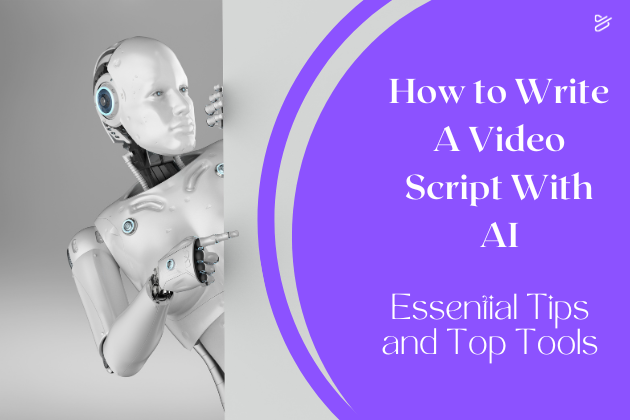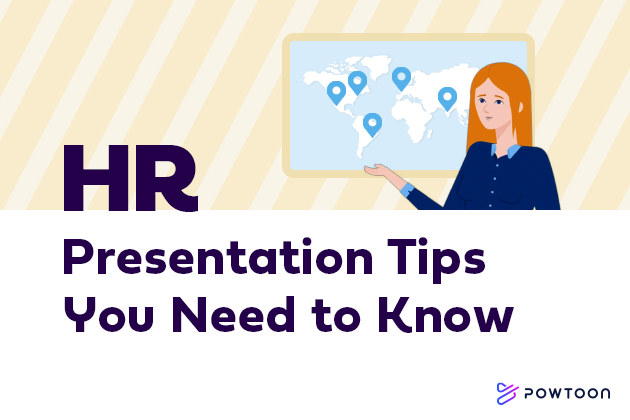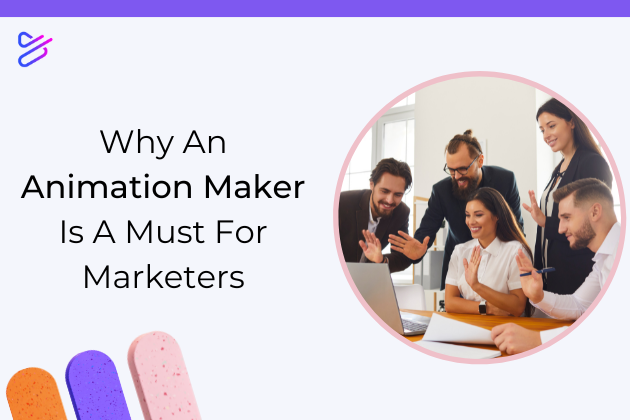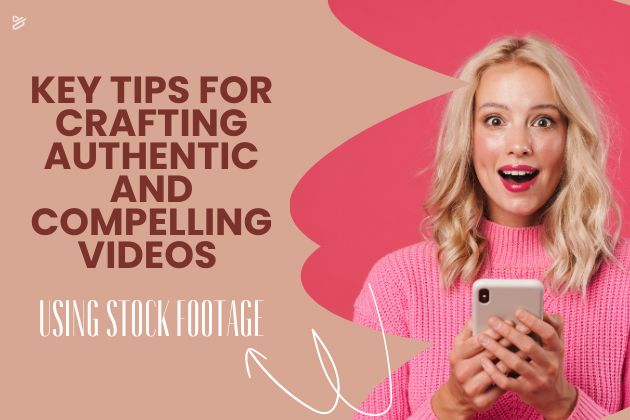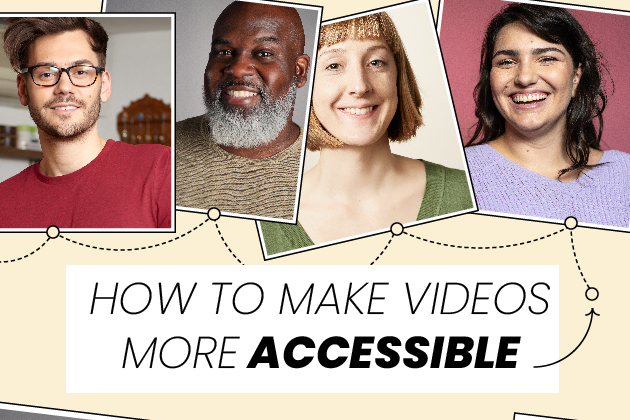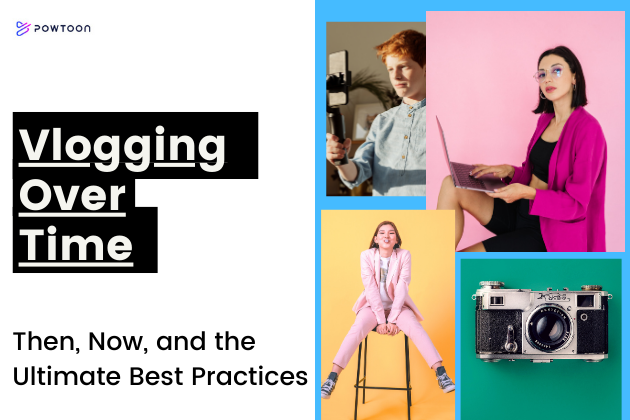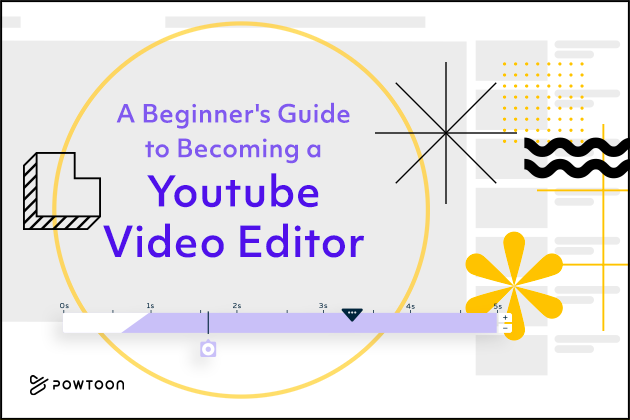
A Beginner’s Guide to Becoming a YouTube Video Editor
Thousands of videos are uploaded to YouTube every hour. What makes a channel’s content unique? How do you stand out and grow your audience?
The secret ingredient: editing. Editing is an amazing way to add personal style to your channel. The quality of your actual content is important, but editing is what hooks the viewer and ties everything together. Captivating editing has the potential to weave your individual clips into a seamless story that evokes powerful emotion.
Understanding the algorithm
With over 2.1 billion users around the world, YouTube has solidified its rightful spot as one of the most prominent video content platforms. The main focus of the YouTube algorithm is audience engagement. Pay attention to your channel’s analytics tab for accurate information on your video’s watch time and audience retention. These statistics are helpful to consider when editing your videos:
Average video length: Between 7-15 minutes
What to focus on: A captivating introduction and first 30 seconds
Average watch time: 50-60% of video, but depends on the channel and video type!
Pro tip: Prioritize watch time over video length.
The algorithm strongly favors active watch time and audience retention when boosting certain videos on the platform, rather than whether your video is over 7 minutes. If your content is concise but captivating, your video has a better chance of success.
Planning ahead
Prep makes editing a million times easier. Before you start editing, it is helpful to create a storyboard. Storyboarding, planning out which shots you will use, gives you a flexible idea of the order and narrative of your video.
Look through everything. Even if it seems like a video won’t be usable, going through all footage first allows you to locate any part of a clip you might want to use. Labeling the files is a good way to keep track of certain clips.
Every aspect of content should be imported into the editing software: footage, audio tracks (if recorded separately), music, still images, etc. For further organization, put each type of media into a respective folder. You should know where to find all clips, otherwise the process of sorting through footage can get overwhelming. Additionally, consider leveraging the assistance of the best AI video editing software available to streamline your editing process even further.
Choose music first, or at least have an idea of what kind of song you want to use. Be intentional, as music can determine the entire tone of a project. If a song is energetic and fast-paced as opposed to soft and slow, this decision will induce unique emotions for the listener.
Pro tip: Powtoon has an entire library of copyright free music for this exact purpose, and free for you to use!
Sorting and selecting footage
The first step is always to pick out all clips you like from your footage. It can be helpful to go through the footage, select every clip you want, and drag them into the timeline before necessarily putting clips in order. Many people tend to want to edit in the order of their video, but this can slow your editing down. It is significantly easier to work with only the relevant clips, as opposed to a mountain of footage.
Trimming down clips
The goal is to keep your audience engaged, achieved by generally not staying on one clip for too long. Try to watch your own video as if you were a random viewer. Cut down clips to only what is necessary.
Here’s a list of elements to remove:
- Awkward pauses or silence
- Repetitive information
- Unnecessary tangents that go off topic
- Filler words like “um,” “so,” “like”
- Shaky footage
- Audio clipping (When the volume is too high, causing the microphone to scratch)
Establishing clip order
Depending on the type of video you are making, the order of clips is important for viewers’ understanding and storytelling. There are various styles, but here are 3 common ones:
- Categorical style → talking about one topic, then moving to the next
- Montage → collage of different clips one after the other
- Chronological → similar to a vlog, like going through your average day
How to utilize music
If you are having trouble finding or keeping a good edit pace, it helps to edit to the beats of music. No matter which music style you choose for the video, editing to music is all about good rhythm.
Cuts should be timed strategically. Not only does a song act as a guide for you, but the continuous and rhythmic cuts contribute to a satisfying style.
Remember that if your video includes talking, music should never be competing with dialogue. Play the soundtrack quietly in the background of talking clips, because music should never prevent the viewer from being able to understand what is being said.
Pro tip: Music should gradually get a little louder during long transitions, title pages, and clips without dialogue.
Use text overlays and headings
In every good YouTube video, audio levels must be adjusted to a comfortable level so all words are audible. However, while videos are a great way to relay information, an occasional text overlay can really add emphasis and attention to certain words that you want to stick with your audience.
Title headings provide helpful context and structure, signifying the start of a new segment in your video. Adding words on the screen also helps keep the viewer engaged.
Adding transitions and special effects
The last editing task is often to add in transitions and special effects. Transitions signify moving to the next topic or location, and they help progress the video’s story. Different transitions offer certain meanings, like a page curl indicates a new chapter or ripple effect signifies a dream or flashback sequence.
Sound effects are usually based on the content of the clip itself. Laying sounds over one another creates depth and impact to an action or event. For example, a dog barking or computer mouse clicking (if related to the clip) elevates the viewer experience and ambiance of the footage.
Be intentional and thoughtful. You can be creative with transitions and effects without overdoing it.
Pro tip: If you are showing an action on screen that needs explanation, a voice over is a great way to provide context while keeping the viewer visually engaged.
Final step: Eye-catching thumbnail
It is no secret that thumbnails are important to YouTube video performance. Think of this image as your first impression to viewers. Your title summarizes the video content, but the thumbnail is an actual hint at your video quality. If your video pops up via search bar, this picture is what will make viewers click on your video as opposed to another.
Once you have finished editing, take a still image of a cool shot from your footage or a related picture to turn into a thumbnail.
Pro tip: Prioritize clean lines, bright colors, HD quality, and words big enough to read but that do not take up more than half of the image.
Review your masterpiece
Congratulations, the hard part is over! Rewatch your video and complete any finishing touches.
Really pay attention to the first and last 30 seconds of your video. The beginning is your hook; you want it to be interesting and captivating so viewers stay interested, which increases audience retention.
The outro is equally as important, because it is likely what your audience will remember once the video is over. It is common for creators to use this time to suggest the next action for the viewers, such as hitting the like and subscribe buttons to boost the video.
Pro tip: During editing, you can add a cool graphic or animation that sends an arrow to the “Subscribe” button or link to a previous/related video!
Now that you know the basics, it is important you add your own style to your video!
There are tips that lead to clean cuts and narrative clarity, but it is ultimately all about recognizing your preference. Once you make a few videos, you will develop a personal brand and this consistency will help make your videos stand out among other creators.
Download your video and head over to your YouTube channel to post! Best of luck!
